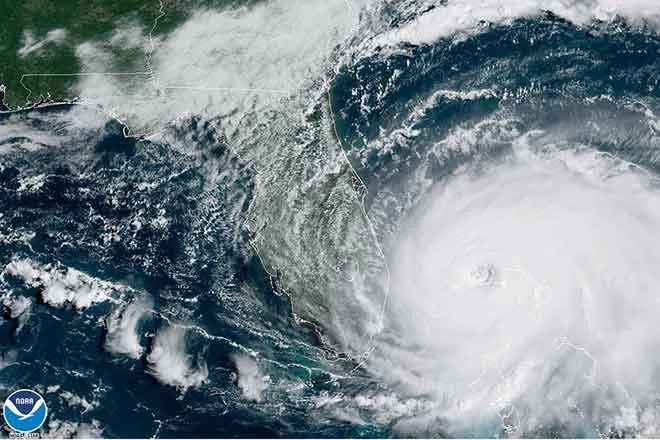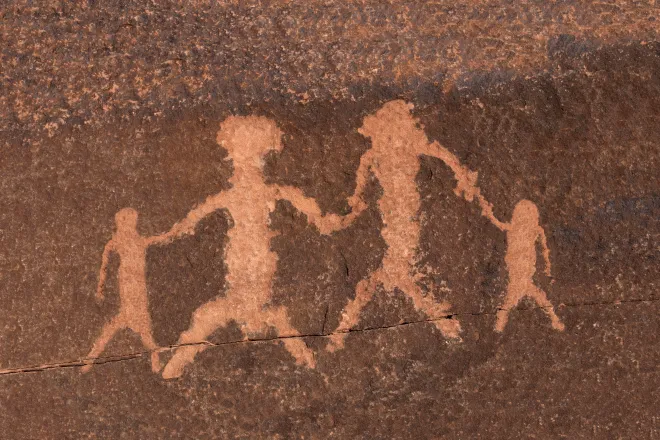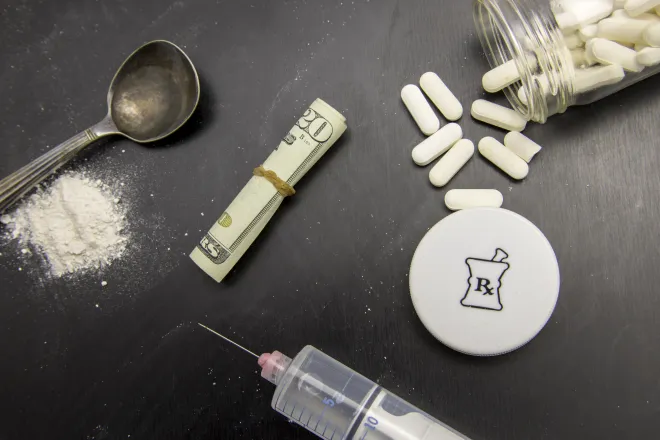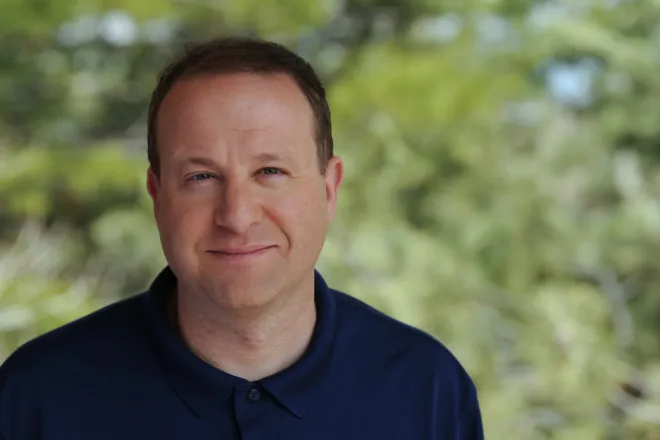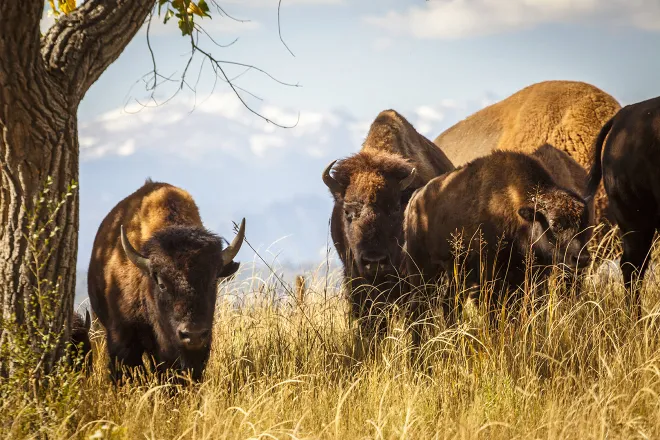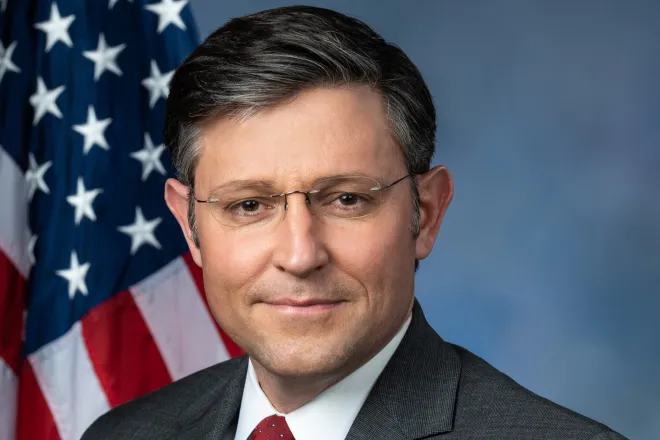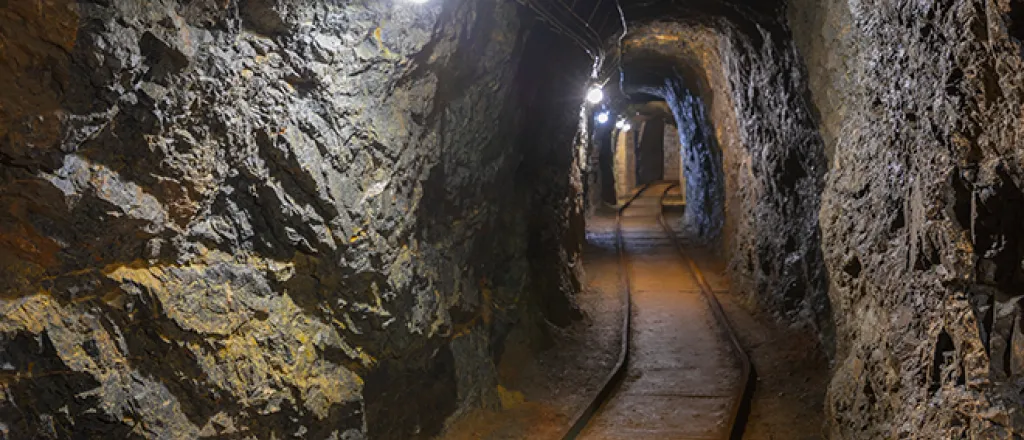
Forest Service approves Idaho gold mine despite threats to water, public health
Click play to listen to this article.
The U.S. Forest Service has given the go-ahead for a gold-mining project in central Idaho.
If it receives state permits, the Stibnite Gold Project will be located in the Payette National Forest and become one of the largest gold mines in the country.
John Robison, public lands and wildlife director for the Idaho Conservation League, said it's especially concerning for the East Fork South Fork Salmon River watershed, where the mine will be located, and because of downstream effects from the mine.
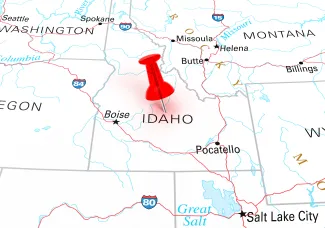
"We're really concerned about the Forest Service's decision that disregarded some recommended protections for the area and some additional sideboards on this mine project," he said, "and both short-term and long-term impacts to public health and clean water in the area."
The Nez Perce Tribe also criticized the decision, saying the mine violates its treaty rights and that the Forest Service noted in its final report that the mine will harm fish habitat.
The company behind the mine, Perpetua Resources, applauded the decision. In a joint statement, Idaho's congressional delegation also celebrated it, saying the mine would increase the nation's supply of critical minerals, reducing reliance on China.
The delegation said the mine will increase the country's supply of antimony, which can be used to make ammunition and batteries. However, Robison said they're overestimating the mine's importance. He said there's only a three-year supply of antimony at the site, and that gold accounts for 96 percent of the project's profits.
"It really is a gold mine, and the vast majority of gold is used for jewelry or for hoarding wealth," he said. "So, it really isn't a material that society needs."
Robison added that mining of critical minerals is necessary, but should be done in the least harmful way.
"One of the things that we've learned is that we have to do so more responsibly than we've done in the past," he said, "and we're concerned we're going to get the same result from this mine project, which is contaminated landscape that will persist for decades, if not centuries."
The mine project still needs state permits to advance.








